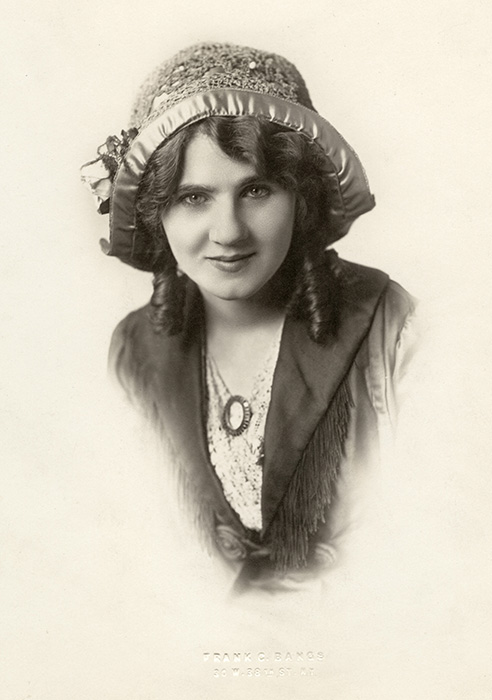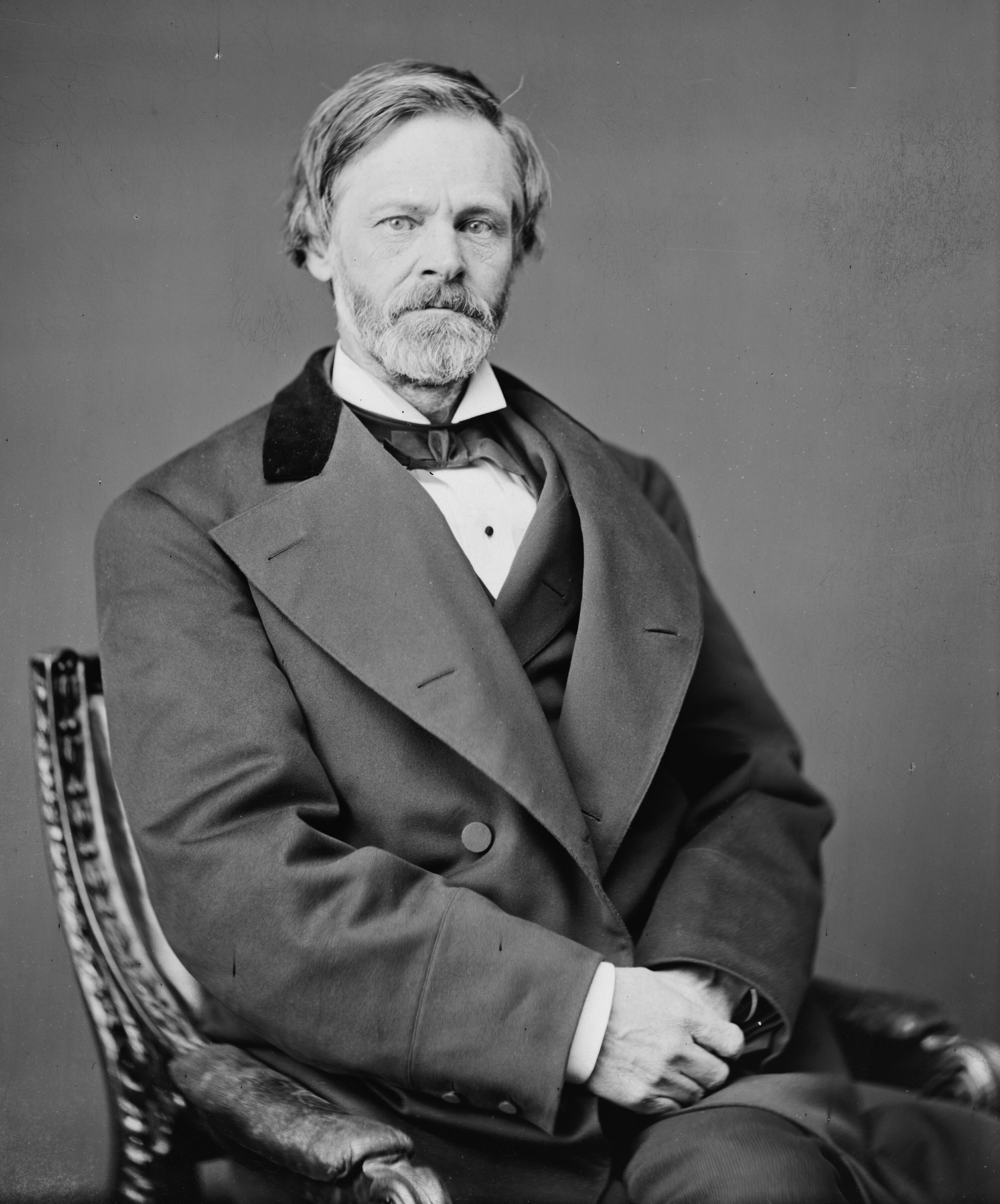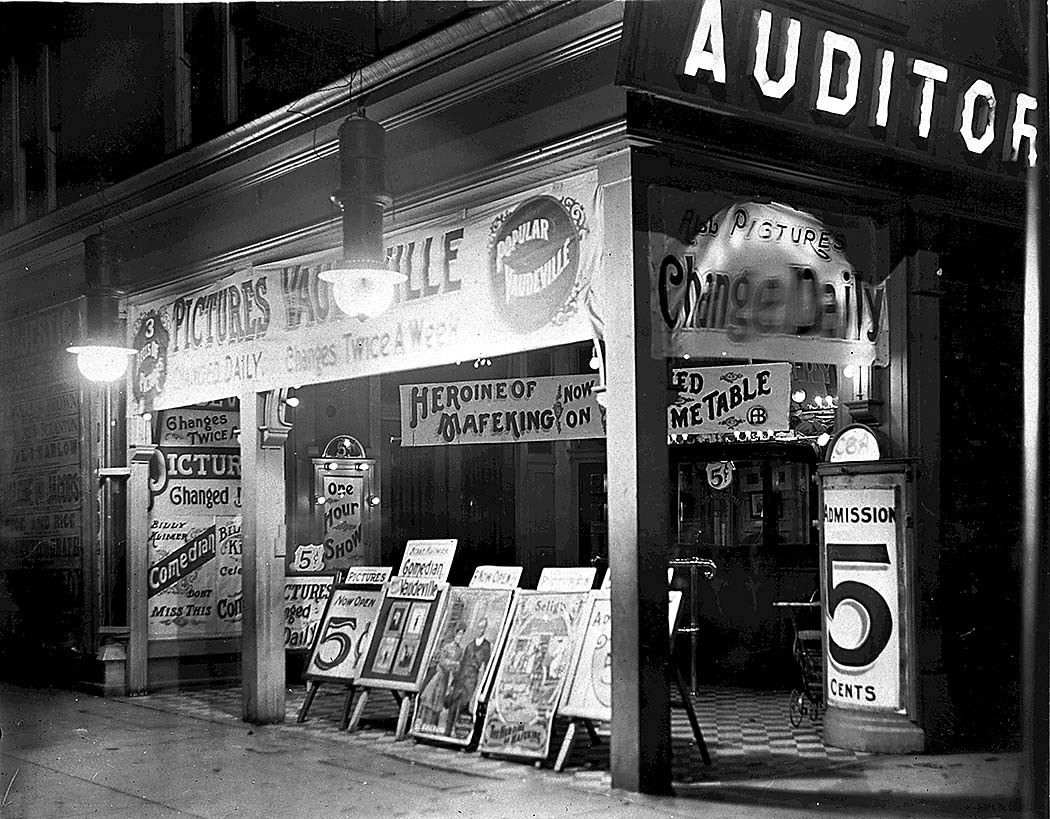|
Carl Laemmle
Carl Laemmle (; born Karl Lämmle; January 17, 1867 – September 24, 1939) was a film producer and the co-founder and, until 1934, owner of Universal Pictures. He produced or worked on over 400 films. Regarded as one of the most important of the early film pioneers, Laemmle was born in what is now Germany. He immigrated to the United States in 1884 and worked in Chicago for 20 years before he began buying nickelodeons, eventually expanding into a film distribution service, the Laemmle Film Service, then into production as Independent Moving Pictures Company (IMP), later renamed Universal Film Manufacturing Company, and later still renamed Universal Pictures Company. Early life and education Karl Lämmle was born in 1867 to Julius Baruch Lämmle and Rebekka Lämmle, a Jewish couple in the Radstrasse, a street in the Jewish quarter of Laupheim, in the Kingdom of Württemberg. His father was a cattle merchant, also involved in land transactions. The family struggled financial ... [...More Info...] [...Related Items...] OR: [Wikipedia] [Google] [Baidu] |
Laupheim
Laupheim (; Swabian German, Swabian: ''Laoba'') is a Große Kreisstadt, major district town in southern Germany in the States of Germany, state of Baden-Württemberg. Laupheim was first mentioned in 778 and gained German town law, city rights in 1869. One of the main trading routes, from Ulm to Ravensburg and then on towards Lake Constance ran through Laupheim. Having developed from a rural settlement into a small urban area, Laupheim is home to a number of small to medium-sized industries and businesses. One of the largest employers are the Bundeswehr, German Armed Forces which maintain an Military airbase, airbase close to Laupheim, Laupheim Air Base. Laupheim was the administrative centre of the Districts of Germany, district of Laupheim from 1842 until 1938 when the district was abolished. The southern parts of it were incorporated into the Biberach (district), district of Biberach (including Laupheim itself) whereas the remainders were allocated to the district of Ulm. In th ... [...More Info...] [...Related Items...] OR: [Wikipedia] [Google] [Baidu] |
Ichenhausen
Ichenhausen is a town in the district of Günzburg, in Bavaria, Germany. It is situated on the river Günz, 9 km south of Günzburg. History Early history The Lords of Roth had been feudal lord of the village since the early 14th century. In 1406 the town was granted market rights. In 1574 the barons of Stain von Rechtenstein zu Niederstotzingen acquired the village. With the 1806 Treaty of the Confederation of the Rhine, the town came to the Kingdom of Bavaria and in 1818 became a patrimonial community according to new Constitution of the Kingdom and the communal act, which lasted until 1843 when the patrimonial status ended and it became a regular community. In 1913 Ichenhausen was elevated to city status. For centuries, Jewish families have lived in the village. They set up their own Jewish cemetery on the road to Krumbach and built a synagogue in 1687. This was renewed in 1781. 20th century In 1933, 13% of the population was Jewish. At the November pogrom in 19 ... [...More Info...] [...Related Items...] OR: [Wikipedia] [Google] [Baidu] |
Champion Film Company
The Champion Film Company was an independent production company founded in 1909 by Mark M. Dintenfass. The studio was one of the film companies that merged to form Universal Pictures. Champion was the first film production company to establish itself in the area around Fort Lee, New Jersey, when the town was the home of America's first motion picture industry It built its studio in the vicinity of Fort Lee, at the town line with Englewood Cliffs in Coytesville, then a relatively remote area, to make them look as little like a studio as possible. The building was demolished on 2013. Dintenfass tried avoid the investigators of Thomas Alva Edison, always looking for the "pirates" who escaped the rigid conditions posed by the Motion Picture Patents Company (MPPC), the monopoly of the sector that it imposed, between the other, to use only the technical material (film cameras, film, etc.) that was to be provided exclusively by the trust. To circumvent the MPPC, the independents - inc ... [...More Info...] [...Related Items...] OR: [Wikipedia] [Google] [Baidu] |
Pat Powers (businessman)
Patrick Anthony Powers (8 October 1870 – 30 July 1948) was an American businessman who was involved in the movie and animation industry of the 1910s, '20s, and '30s as a distributor and producer. His firm, Celebrity Productions, was the first distributor of Walt Disney's ''Mickey Mouse'' cartoons (1928–29). After one year, Disney split with Powers, who started another animation studio with Disney's lead animator, Ub Iwerks. Early career Powers was born in Buffalo, New York. According to the ''Buffalo Courier-Express'' obituary dated August 1, 1948,''Buffalo Courier-Express'', August 1, 1948. his sister, Mary Ellen Powers, lived in Buffalo for her entire life. Powers partnered with Joseph A. Schubert, Sr. and sold phonographs from 1900 to 1907, when they formed the Buffalo Film Exchange, which purchased films from producers and rented them to nickelodeons. In 1910, Powers left Buffalo for New York City, where he founded the Powers Moving Picture Company, also frequent ... [...More Info...] [...Related Items...] OR: [Wikipedia] [Google] [Baidu] |
Independent Moving Pictures
The Independent Moving Pictures Company (IMP) was a motion picture studio and production company founded in 1909 by Carl Laemmle. The company was based in New York City, with production facilities in Fort Lee, New Jersey. In 1912, IMP merged with several other production companies to form Universal Film Manufacturing Company, later re-named Universal Pictures Company with Laemmle as president. History The Independent Moving Pictures Company was founded in 1909 by Carl Laemmle, and was located at 573 11th Ave New York City, and with a studio in Fort Lee, New Jersey. The first movie produced by IMP was ''Hiawatha'' (1909) starring Gladys Hulette, a one-reel drama short based on the 1855 poem ''The Song of Hiawatha'' by Henry Wadsworth Longfellow. At a time when leading screen players worked anonymously, IMP performers Florence Lawrence, formerly known as "The Biograph Girl," and King Baggot became the first "movie stars" to be given billing and screen credits, a marquee as we ... [...More Info...] [...Related Items...] OR: [Wikipedia] [Google] [Baidu] |
Florence Lawrence
Florence Lawrence (born Florence Annie Bridgwood; January 2, 1886 – December 28, 1938) was a Canadian-American stage performer and film actress. She is often referred to as the "first movie star", and was thought to be the first film actor to be named publicly until evidence published in 2019 indicated that the first named film star was French actor Max Linder. At the height of her fame in the 1910s, she was known as the " Biograph Girl" for work as one of the leading ladies in silent films from the Biograph Company. She appeared in almost 300 films for various motion picture companies throughout her career. Early life Born Florence Annie Bridgwood in Hamilton, Ontario, she was youngest of three children of George Bridgwood, an English-born carriage builder and Charlotte "Lotta" Bridgwood (née Dunn), a vaudeville actress. Charlotte Bridgwood had emigrated to Canada from Ireland after the Great Famine with her family as a child. She was known professionally as Lotta Lawrence ... [...More Info...] [...Related Items...] OR: [Wikipedia] [Google] [Baidu] |
Mary Pickford
Gladys Marie Smith (April 8, 1892 – May 29, 1979), known professionally as Mary Pickford, was a Canadian-American stage and screen actress and producer with a career that spanned five decades. A pioneer in the US film industry, she co-founded Pickford–Fairbanks Studios and United Artists, and was one of the 36 founders of the Academy of Motion Picture Arts and Sciences. Pickford is considered to be one of the most recognisable women in history. Cited as "America's Sweetheart" during the silent film era, she is named on the list of the AFI's 100 Years...100 Stars as the 24th top female stars from the Classical Hollywood Cinema era and the "girl with the curls", Pickford was one of the Canadian pioneers in early Hollywood and a significant figure in the development of film acting. She was one of the earliest stars to be billed under her own name, and was one of the most popular actresses of the 1910s and 1920s, earning the nickname "Queen of the Movies". She is credited ... [...More Info...] [...Related Items...] OR: [Wikipedia] [Google] [Baidu] |
Sherman Anti-Trust Act Of 1890
The Sherman Antitrust Act of 1890 (, ) is a United States antitrust law which prescribes the rule of free competition among those engaged in commerce. It was passed by Congress and is named for Senator John Sherman, its principal author. The Sherman Act broadly prohibits 1) anticompetitive agreements and 2) unilateral conduct that monopolizes or attempts to monopolize the relevant market. The Act authorizes the Department of Justice to bring suits to enjoin (i.e. prohibit) conduct violating the Act, and additionally authorizes private parties injured by conduct violating the Act to bring suits for treble damages (i.e. three times as much money in damages as the violation cost them). Over time, the federal courts have developed a body of law under the Sherman Act making certain types of anticompetitive conduct per se illegal, and subjecting other types of conduct to case-by-case analysis regarding whether the conduct unreasonably restrains trade. The law attempts to prevent ... [...More Info...] [...Related Items...] OR: [Wikipedia] [Google] [Baidu] |
Motion Picture Patents Company
The Motion Picture Patents Company (MPPC, also known as the Edison Trust), founded in December 1908 and terminated seven years later in 1915 after conflicts within the industry, was a trust of all the major US film companies and local foreign-branches ( Edison, Biograph, Vitagraph, Essanay, Selig Polyscope, Lubin Manufacturing, Kalem Company, Star Film Paris, American Pathé), the leading film distributor (George Kleine) and the biggest supplier of raw film stock, Eastman Kodak. The MPPC ended the domination of foreign films on US screens, standardized the manner in which films were distributed and exhibited within the US, and improved the quality of US motion pictures by internal competition. But it also discouraged its members' entry into feature film production, and the use of outside financing, both to its members' eventual detriment. Creation The MPPC was preceded by the Edison licensing system, in effect in 1907–1908, on which the MPPC was modeled. During the 1890s ... [...More Info...] [...Related Items...] OR: [Wikipedia] [Google] [Baidu] |
Thomas Edison
Thomas Alva Edison (February 11, 1847October 18, 1931) was an American inventor and businessman. He developed many devices in fields such as electric power generation, mass communication, sound recording, and motion pictures. These inventions, which include the phonograph, the motion picture camera, and early versions of the electric light bulb, have had a widespread impact on the modern industrialized world. He was one of the first inventors to apply the principles of organized science and teamwork to the process of invention, working with many researchers and employees. He established the first industrial research laboratory. Edison was raised in the American Midwest. Early in his career he worked as a telegraph operator, which inspired some of his earliest inventions. In 1876, he established his first laboratory facility in Menlo Park, New Jersey, where many of his early inventions were developed. He later established a botanical laboratory in Fort Myers, Florida, in co ... [...More Info...] [...Related Items...] OR: [Wikipedia] [Google] [Baidu] |
Film Exchange
A film exchange was a business in film distribution that rented out movies to theaters. They opened up all over the U.S. to handle film reels during the silent film era. Film exchanges were often a separate business from production. Buildings were constructed for film exchange operations and "film rows" of different company's exchanges developed in some cities. Designs for film exchanges included buildings with vented vaults. Fire prevention was a concern. William Fox, who had nickelodeon (movie theater) businesses, established a film exchange in Brooklyn. Eugene Cline was a major figure in Chicago's fast developing film exchange business. In 1906, Carl Laemmle Carl Laemmle (; born Karl Lämmle; January 17, 1867 – September 24, 1939) was a film producer and the co-founder and, until 1934, owner of Universal Pictures. He produced or worked on over 400 films. Regarded as one of the most important o ... opened his first film exchange in Chicago, because he needed to secure ... [...More Info...] [...Related Items...] OR: [Wikipedia] [Google] [Baidu] |
Nickelodeon (movie Theater)
The Nickelodeon was the first type of indoor exhibition space dedicated to showing projected motion pictures in the United States and Canada. Usually set up in converted storefronts, these small, simple theaters charged five cents for admission and flourished from about 1905 to 1915. Etymology "Nickelodeon" was concocted from ''nickel'', the name of the U.S. five-cent coin, and the ancient Greek word ''odeion'', a roofed-over theater, the latter indirectly by way of the '' Odéon'' in Paris, emblematic of a very large and luxurious theater, much as the '' Ritz'' was of a grand hotel. In spite of this derivation, the word has also been used since at least 1925 to refer to coin-operated player pianos and jukeboxes. One later instance of this use is the 1949 popular song "Music! Music! Music!" ("Put another nickel in, in the nickelodeon…"). History The earliest films had been shown in "peep show" machines or projected in vaudeville theaters as one of the otherwise live acts. ... [...More Info...] [...Related Items...] OR: [Wikipedia] [Google] [Baidu] |
.jpg)







